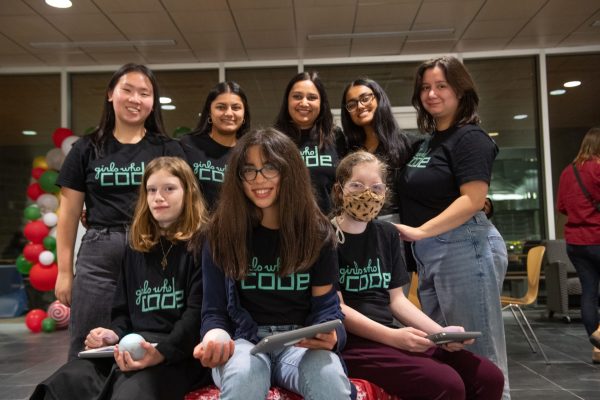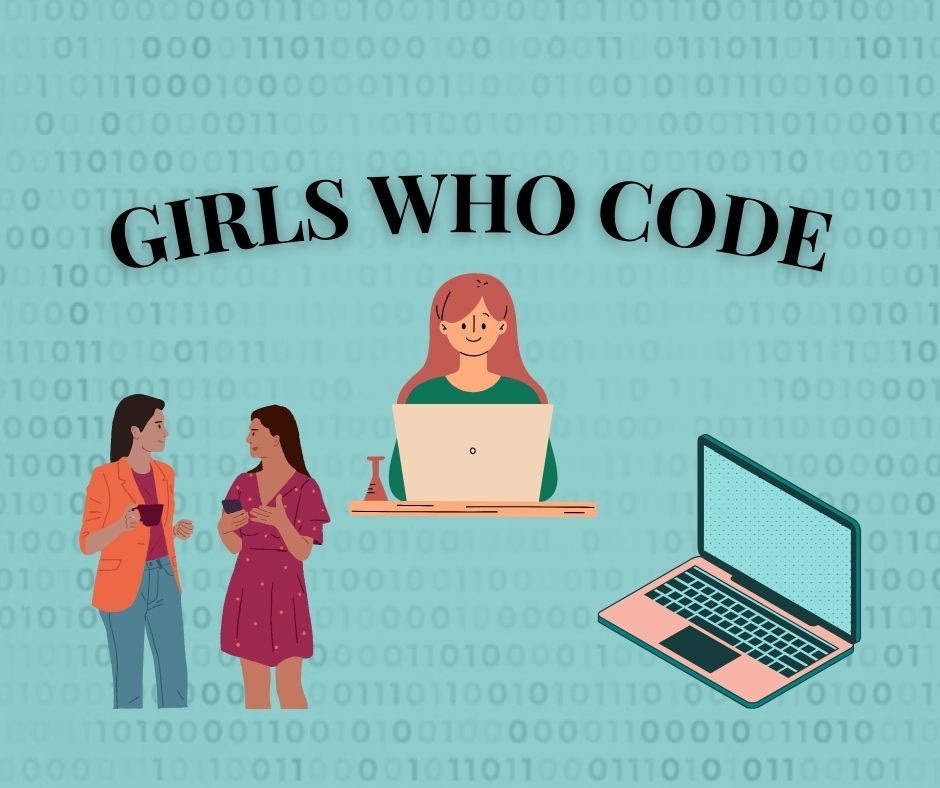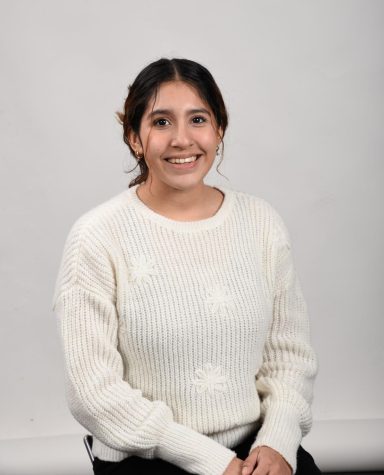Girls Who Code is an international organization with chapters located at universities and schools globally.
According to Strishi Srivastava, associate professor of computer science and faculty coordinator for Girls Who Code, the organization aims to close the gender gap in science, technology, engineering and mathematics working fields, change the idea of what a programmer looks like and encourage the younger generation of girls to take an interest in coding.
The USI chapter of Girls Who Code meets from 5-6 p.m. every Wednesday in the Business and Engineering Center.
Srivastava said she established the club at USI because she was part of the organization and had seen herself as the only girl in computer science.
“I’ve seen the challenge, and that’s what I saw for the female students in computer science here, too,” Srivastava said.
Girls Who Code has four active members and facilitators: Alyson Collins, sophomore computer science major, Kairvi Bhatt senior computer science major, Cathy Sandoval senior computer science major and Maya Seshan sophomore computer science major, who assist and teach younger girls how to code and break the stigma behind programmers.
Srivastava said Girls Who Code began with founder and CEO of the organization, Reshma Saujani, and a group of girls in New York City.
“Now it’s grown to over more than 100,00 girls throughout the world with these local chapters,” Srivastava said.
She said the club creates a “pipeline” for elementary school, middle school and high school-aged girls to remain interested in STEM throughout their education.
“I go over statistics every year, and in ‘95, we had about 34% to 36% women in computing,” Srivastava said. “That dropped to around 24% in 2017, and last year, it dropped further down to 22%.”
Bhatt said it is a “great opportunity to experience” and shows what it is like being in the STEM field.
“Girls Who Code gives all the girls an amazing environment where they can experience and build the sisterhood, where they can express themselves and go to their fullest potential in STEM fields,” Bhatt said.

Bhatt said the goal of Girls Who Code is to teach girls the basics of programming and build their confidence.
Srivastava said she wants female students to know STEM is also a “creative field.”
“This also is a field where you problem solve, and you can impact the world that way, so just participating in Girls Who Code, they are seeing the impact, they can see that okay, they can also be in creative fields like music industry, and healthcare and impactful industries like cancer research and still be a computer scientist and have an impact on the world,” Srivastava said.
Marissa Cain, junior art education major, said she thinks seeing other women in the STEM field shows young girls they can work in the field too.
“It’ll help them from a young age, like we all look up to celebrities,” Cain said.
She said Girls Who Code could use “more positivity and more support” for the women in the STEM program.
“I know it’s difficult, and it’s more like male-led, so like, more women supporting women can’t go wrong,” Cain said.
Ella Wolf, sophomore civil engineering major, said Girls Who Code shows younger girls that a male-dominated field should not be a boundary for them.
“I think it’s good for little girls to get exposed to the STEM field,” Wolf said.
Wolf said the organization allows young girls to see that they can do the work, and it is not as difficult as it might seem.
“I would just say it shows all kinds of people doing all kinds of things, like beating all the odds,” Cain said.




